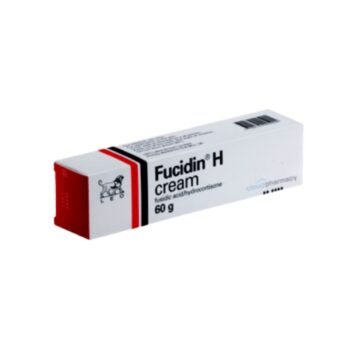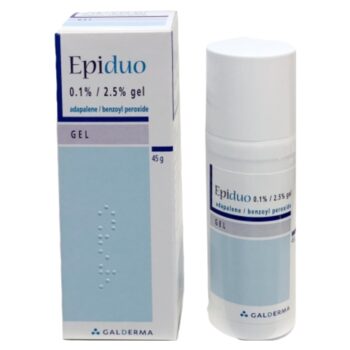What is Fusidic Acid 2% Cream?
Fusidic Acid 2% Cream is a prescription-strength topical antibiotic used to treat bacterial skin infections. It is particularly effective against Staphylococcus aureus, including certain strains of methicillin-resistant Staphylococcus aureus (MRSA), which makes it a go-to option for treating mild to moderate skin infections caused by susceptible bacteria.
This cream works by inhibiting bacterial protein synthesis. It binds to a specific enzyme called elongation factor G (EF-G), which is essential for bacterial growth and reproduction. By blocking this process, Fusidic Acid prevents the bacteria from multiplying, allowing the body’s natural immune response to clear the infection more efficiently. As a result, it can help reduce inflammation, redness, pus, and discomfort associated with infected skin conditions.
Fusidic Acid 2% Cream is commonly prescribed for conditions such as impetigo (a highly contagious skin infection), infected eczema, infected dermatitis, and infected wounds or abrasions. It is also used post-surgery or post-injury to prevent infection in cuts and stitches when clinically indicated.
The cream is intended for short-term use, typically applied directly to the affected area two to three times daily. A thin layer should be spread over the lesion, and the area can be covered with a sterile dressing if required. Treatment duration usually lasts up to 7–10 days, although your healthcare provider will determine the appropriate length based on the condition being treated.
Fusidic Acid is known for its narrow-spectrum action, which reduces the risk of widespread antibiotic resistance when used properly. It is generally well tolerated, with the most common side effects being mild irritation, redness, or itching at the site of application. Rare allergic reactions may occur and should be reported to a healthcare professional.
This medication is not effective against fungal, viral, or parasitic skin infections and should not be used indiscriminately. Prolonged or inappropriate use may lead to the development of resistant bacteria. In some cases, it is prescribed in combination with a topical corticosteroid when infection occurs alongside inflammatory skin conditions like eczema.
Always use Fusidic Acid Cream exactly as prescribed and avoid using it on large areas of broken skin unless directed by a healthcare provider. If symptoms do not improve within a few days or worsen, consult your doctor for further evaluation.





